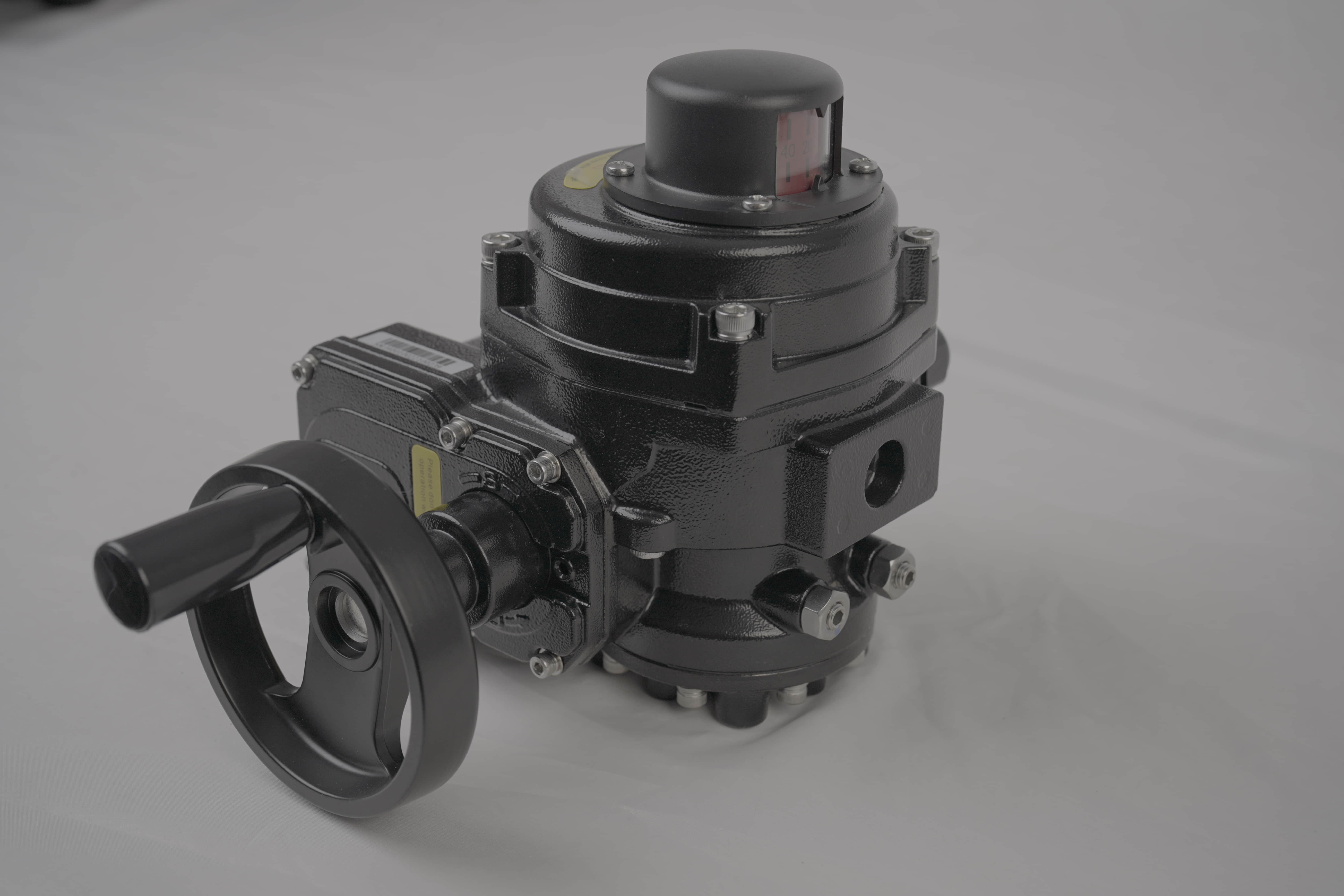the importance of lithium battery valves in modern energy solutions
Release time:2024-10-14 22:59:19
Lithium batteries have become a cornerstone of modern technology, powering everything from smartphones to electric vehicles. As the demand for energy storage solutions grows, so does the need for efficient and safe battery management systems. One crucial component of this system is the lithium battery valve. This article explores the role, functionality, and importance of lithium battery valves in enhancing battery performance and safety.

Understanding Lithium Battery Valves

Lithium battery valves, often referred to as pressure relief valves or vent valves, are designed to manage internal pressure within lithium-ion batteries. As batteries charge and discharge, chemical reactions occur that can produce gases. If these gases accumulate and the internal pressure exceeds a certain threshold, it can lead to dangerous situations such as battery rupture or explosion. Lithium battery valves mitigate these risks by providing a controlled means for excess pressure to escape. Types of Lithium Battery Valves




